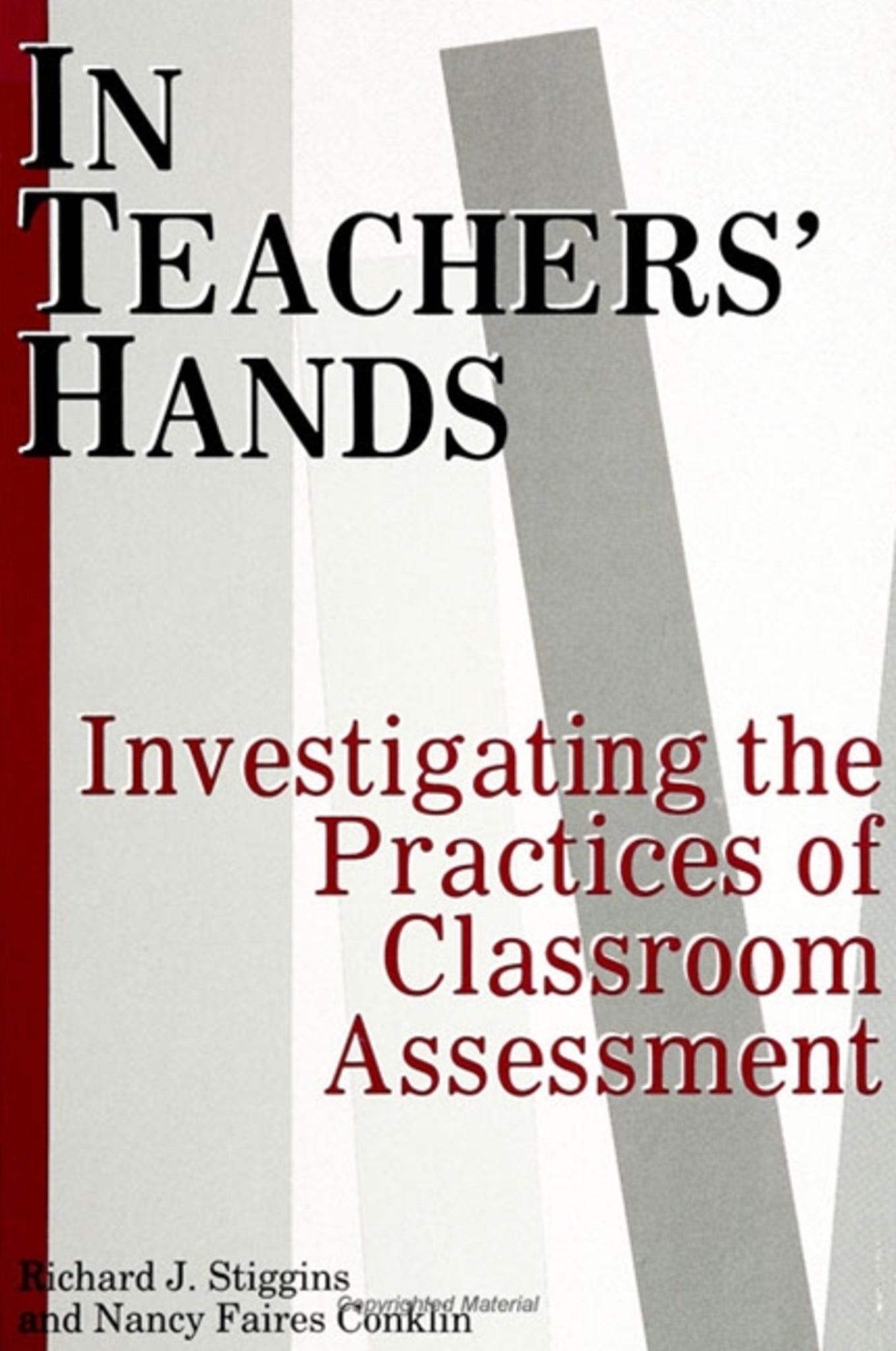We're sorry. An error has occurred
Please cancel or retry.
In Teachers' Hands

Some error occured while loading the Quick View. Please close the Quick View and try reloading the page.
Couldn't load pickup availability
- Format:
-
01 July 1992

This book marks the starting point of a profound shift in assessment priorities, detailing the results of a decade-long program of research on classroom assessment environments. It demonstrates how important sound classroom assessments are to student well-being, and provides insights into the complex demands of day-to-day classroom assessment on teachers who have been taught little about assessment in their training programs.
As a nation, we spend billions of dollars on educational assessment, including hundreds of millions for international and national assessments, and additional hundreds of millions for statewide testing programs. On top of these, the standardized tests that form the basis of district-wide testing programs represent a billion dollar industry. If we total all of these expensive highly-visible, politically-important assessments, we still account for less than one percent of all the assessments conducted in America's schools. The other 99 percent are conducted by teachers in their classrooms on a moment-to-moment, day-to-day, and week-to-week basis. Paradoxically, virtually all of our national, state, and local assessment resources are being devoted to research and development for large-scale assessments. This book provides specific action programs for improving the quality of the other 99 percent-the assessments that really drive what students learn and how they feel about it.


Preface
Chapter 1 Exploring Classroom Assessment
Chapter 2 The Research Context
Chapter 3 Assessment from the Teacher's Viewpoint
Chapter 4 Initial Observations of Classrooms
Chapter 5 Profile of Classroom Assessment Environments
Chapter 6 Applying the Assessment Environment Profile
Chapter 7 Similarities and Differences in Assessment Environments
Chapter 8 The Quality of Specific Assessment Practices: Higher-Order Thinking Assessment and Grading
Chapter 9 Implications for Teacher Training
Chapter l0 Implications for Policy and Research
Appendixes
A Teacher's Self-Analysis of Classroom Assessment Procedures
B Classroom Assessment Environment
C NWREL Assessment-Training Resources
References
Index



